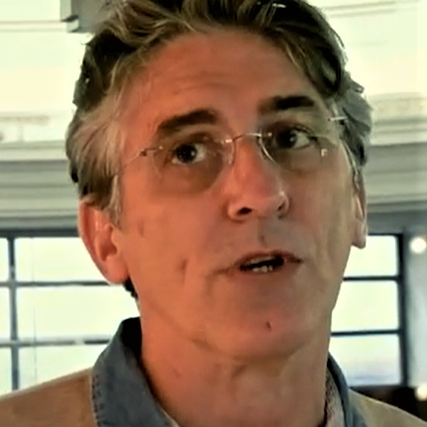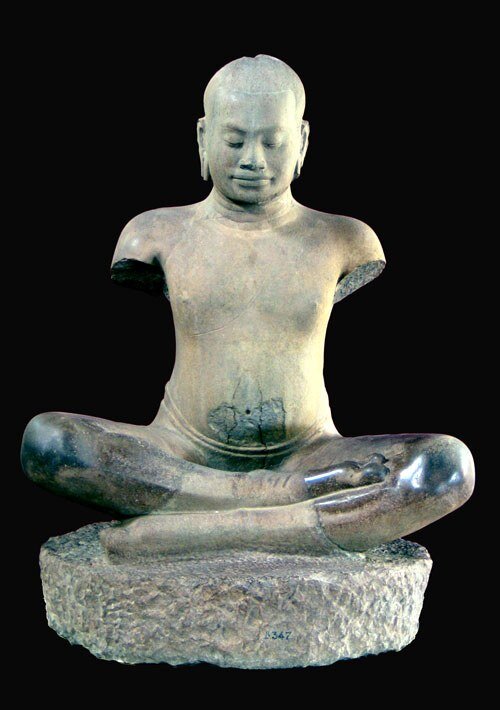King in the Temple: Jayavarman VII Case Study
by Christophe Pottier
A study in the only four statuary representations of a major Angkorian sovereign.

- Publication
- Bulletin d'Etudes indiennes, num 33. De l'Inde au Cambodge, hommage à Bruno Daguens
- Published
- 2015
- Author
- Christophe Pottier
- Pages
- 44
- Language
- French
pdf 6.8 MB
Where was exactly located the statue-image of the King in Angkorian temples? From Phimai (modern Thailand) to Angkor and Preah Khan, archeologist and architect Christophe Pottier digs into the case of Jayavarman VII, who is credited with the edification of more than 100 religious buildings across the vast Khmer territory.
The task of deciding on the location of the image of a defunct sovereign inside the temple is complicated by later additions, changes and destructions to the building’s original structure.
This relation of archeological discoveries often reads like a mystery novel. In effect, of all four statues picturing the King Jayavarman VII that we know of, every single one was first discovered as a headless sculpture. Finding the head corresponding to the body took several years of inspection, sometimes in locations far remoted from the initial finding.
Publication of the Association Francaise pour les Etudes Indiennes. This issue collection was edited by Marie-Luce Barazer-Billoret.
Tags: Khmer Kings, archaeology, architecture, Jayavarman VII, Phimai, Angkor Wat, Bayon
About the Author

Christophe Pottier
Christophe Pottier (1966, Mayenne, France) is an archeologist and architect who worked with EFEO mission to Angkor from 1992 till 1999. Previously, he was involved in the restoration of the Khmer temple of Phanom Wan in Thailand, and the indexation of the Angkor related documentation preserved in the EFEO archives in Paris, under the direction of Bruno Dagens.
Assisting the Conservation of Angkor, Christophe Pottier took part in the restoration of the Terrace of The Leprous King (Angkor Thom), a vast effort left unfinished in 1973 when the Khmer Rouges stopped all conservation activities in Angkor. Later on, he Christophe Pottier directed the restoration of the northern staircase at the Terrace of the Elephants, completed in March 1999.
Head of the EFEO Siem Reap center at the start of the 2000s, he contributed to the identification of several hundreds new sites in the area of Angkor, which allowed him to reconsider settlements patterns and densities and to reassess ancient spatial layouts and organisations, which underline and specify the concept of territory in the Angkorian “cities”. This research continues since in the northern area of Angkor.
In addition, Christophe Pottier has headed since 1999 the Cambodian-French Archaeological Mission on the Angkor Region. He is associated since 2000 with the Greater Angkor Project led by Prof. Roland Fletcher, focusing on the spatial and chronological understanding of the decline and fall of Angkor as a center of power. Also, with R.K. Chhem (Western Ontario Univeristy) and A. Kolata (Chicago University), he initiated in 2005 a new Angkor Medieval Hospitals Archaeological Project.


